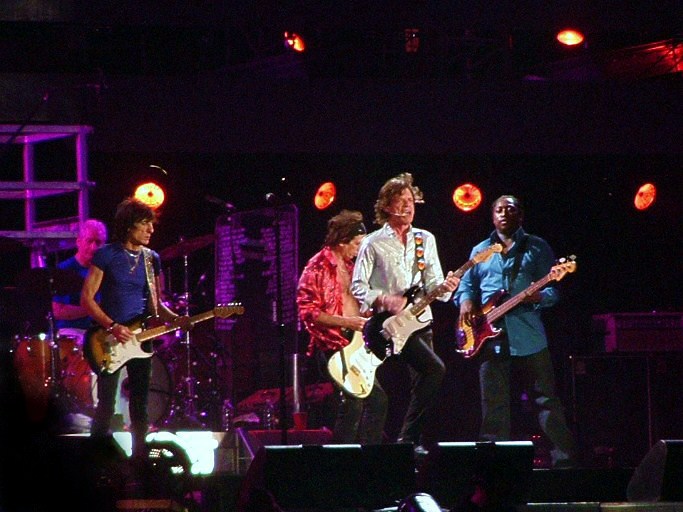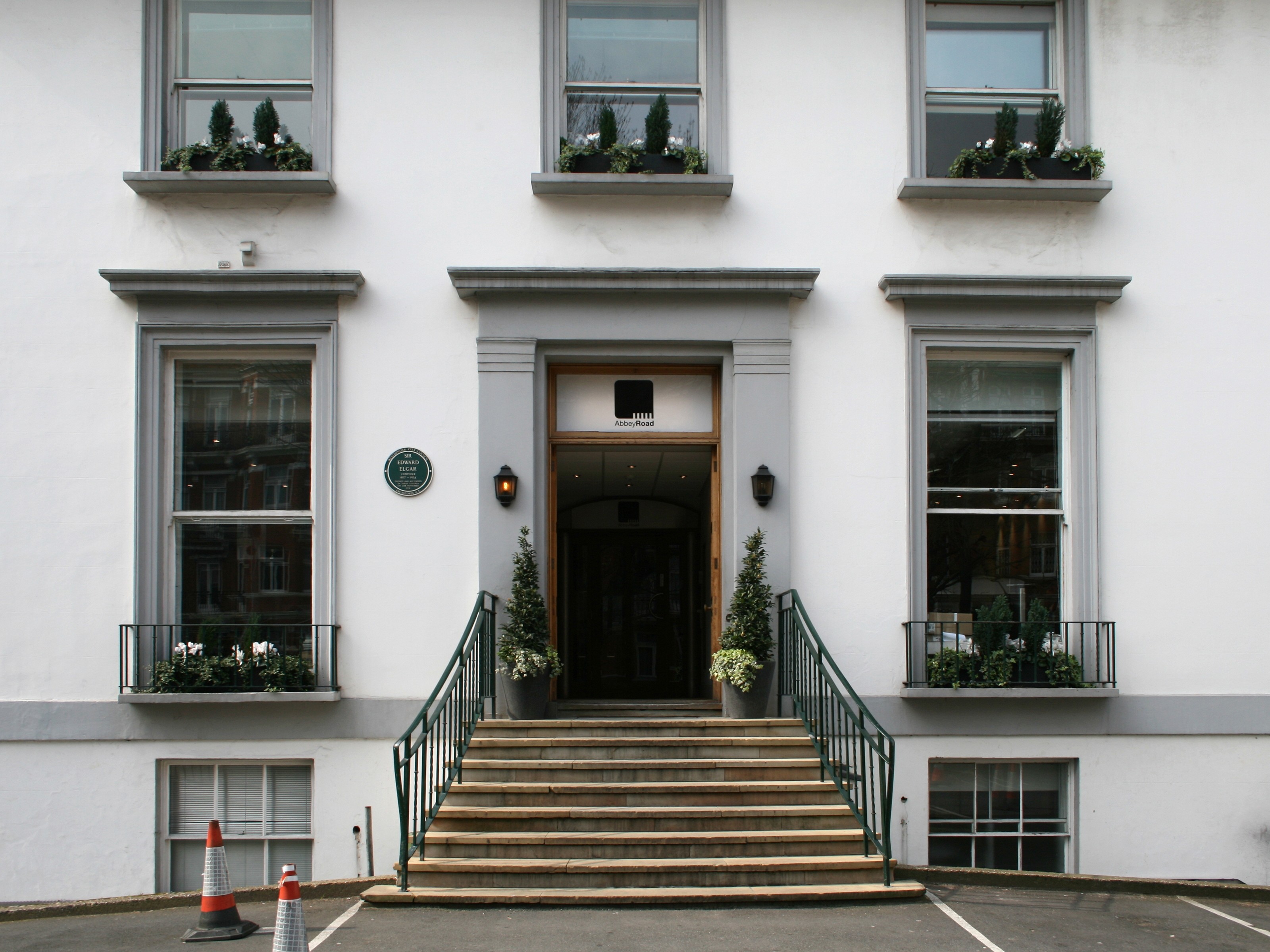|
Progressive Pop
Progressive pop is pop music that attempts to break with the genre's standard formula, or an offshoot of the progressive rock genre that was commonly heard on AM radio in the 1970s and 1980s. It was originally termed for the Proto-prog, early progressive rock of the 1960s. Some stylistic features of progressive pop include hook (music), hooks and earworms, unorthodox or colorful instrumentation, changes in key (music), key and rhythm, experiments with larger musical form, forms, and unexpected, disruptive, or ironic treatments of past conventions. The movement started as a byproduct of the mid-1960s economic boom, when record labels began investing in artists and allowing performers limited control over their own content and marketing. Groups who combined rock and roll with various other music styles such as Indian ragas and Music of Asia, Asian-influenced melodies ultimately influenced the creation of progressive rock (or "prog"). When prog records began declining in sales, so ... [...More Info...] [...Related Items...] OR: [Wikipedia] [Google] [Baidu] |
Pop Music
Pop music is a genre of popular music that originated in its modern form during the mid-1950s in the United States and the United Kingdom. The terms ''popular music'' and ''pop music'' are often used interchangeably, although the former describes all music that is popular and includes many disparate styles. During the 1950s and 1960s, pop music encompassed rock and roll and the youth-oriented styles it influenced. '' Rock'' and ''pop'' music remained roughly synonymous until the late 1960s, after which ''pop'' became associated with music that was more commercial, ephemeral, and accessible. Although much of the music that appears on record charts is considered to be pop music, the genre is distinguished from chart music. Identifying factors usually include repeated choruses and hooks, short to medium-length songs written in a basic format (often the verse-chorus structure), and rhythms or tempos that can be easily danced to. Much pop music also borrows elements from other st ... [...More Info...] [...Related Items...] OR: [Wikipedia] [Google] [Baidu] |
Key (music)
In music theory, the key of a piece is the group of pitches, or scale (music), scale, that forms the basis of a musical composition in classical music, classical, Western art, and Western pop music. The group features a ''tonic (music), tonic Musical note, note'' and its corresponding ''chord (music), chords'', also called a ''tonic'' or ''tonic chord'', which provides a subjective sense of arrival and rest, and also has a unique relationship to the other pitches of the same group, their corresponding chords, and pitches and chords outside the group. Notes and chords other than the tonic in a piece create varying degrees of tension, resolution (music), resolved when the tonic note or chord returns. The key may be in the major and minor, major or minor mode, though musicians assume major when this is not specified, e.g., "This piece is in C" implies that the key of the song is C major. Popular music, Popular songs are usually in a key, and so is classical music during the commo ... [...More Info...] [...Related Items...] OR: [Wikipedia] [Google] [Baidu] |
The Beatles
The Beatles were an English rock band, formed in Liverpool in 1960, that comprised John Lennon, Paul McCartney, George Harrison and Ringo Starr. They are regarded as the most influential band of all time and were integral to the development of 1960s counterculture and popular music's recognition as an art form. Rooted in skiffle, beat and 1950s rock 'n' roll, their sound incorporated elements of classical music and traditional pop in innovative ways; the band also explored music styles ranging from folk and Indian music to psychedelia and hard rock. As pioneers in recording, songwriting and artistic presentation, the Beatles revolutionised many aspects of the music industry and were often publicised as leaders of the era's youth and sociocultural movements. Led by primary songwriters Lennon and McCartney, the Beatles evolved from Lennon's previous group, the Quarrymen, and built their reputation playing clubs in Liverpool and Hamburg over three years from 196 ... [...More Info...] [...Related Items...] OR: [Wikipedia] [Google] [Baidu] |
Gregorian Chant
Gregorian chant is the central tradition of Western plainchant, a form of monophonic, unaccompanied sacred song in Latin (and occasionally Greek) of the Roman Catholic Church. Gregorian chant developed mainly in western and central Europe during the 9th and 10th centuries, with later additions and redactions. Although popular legend credits Pope Gregory I with inventing Gregorian chant, scholars believe that it arose from a later Carolingian synthesis of the Old Roman chant and Gallican chant. Gregorian chants were organized initially into four, then eight, and finally 12 modes. Typical melodic features include a characteristic ambitus, and also characteristic intervallic patterns relative to a referential mode final, incipits and cadences, the use of reciting tones at a particular distance from the final, around which the other notes of the melody revolve, and a vocabulary of musical motifs woven together through a process called centonization to create families of rel ... [...More Info...] [...Related Items...] OR: [Wikipedia] [Google] [Baidu] |
12-bar Blues
The 12-bar blues (or blues changes) is one of the most prominent chord progressions in popular music. The blues progression has a distinctive form in lyrics, phrase, chord structure, and duration. In its basic form, it is predominantly based on the I, IV, and V chords of a key. Mastery of the blues and rhythm changes are "critical elements for building a jazz repertoire". Background The blues originated from a combination of work songs, spirituals, and early southern country music. The music was passed down through oral tradition. It was first written down by W. C. Handy, an African American composer and band leader. Its popularity led to the creation of "race records" and the popularity of blues singers like Bessie Smith and Ma Rainy. The style of music heard on race records was later called "rhythm and blues" (R & B). As the music became more popular, more people wanted to perform it. General patterns that existed in the blues were formalized, one of these being the 12- ... [...More Info...] [...Related Items...] OR: [Wikipedia] [Google] [Baidu] |



